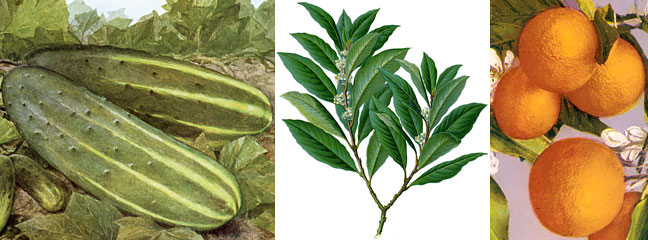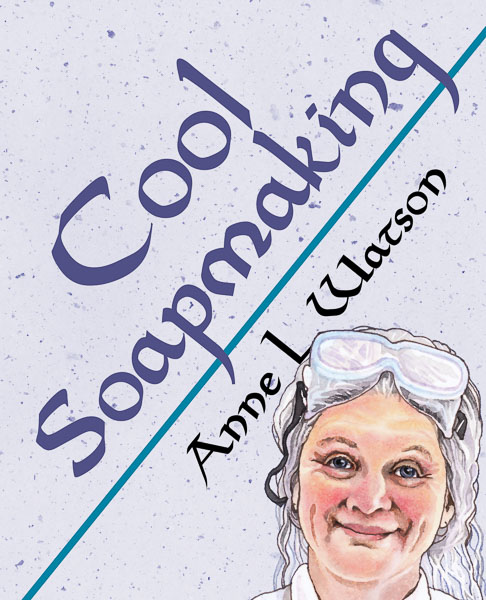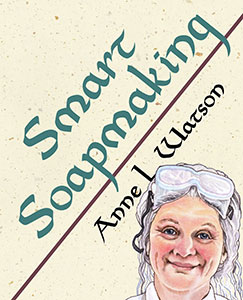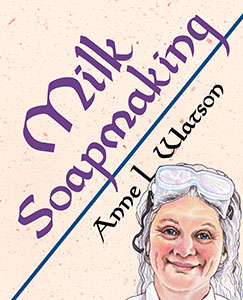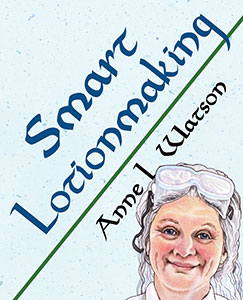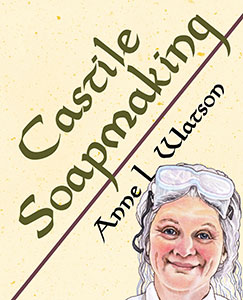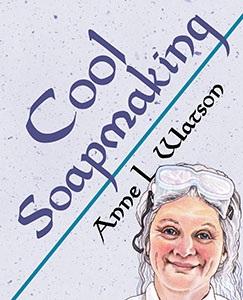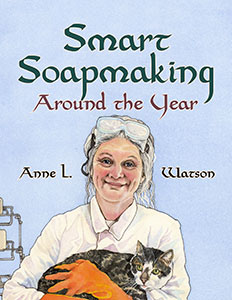GETTING STARTED
(From High-Temp Soapmaking to Low)
WHAT DO I PUT INTO IT?
(The Ingredients of Cool Soapmaking)
WHAT DO I USE TO MAKE IT?
(Gathering the Equipment You Need)
PROJECT #1: MILK SOAPS
Recipe: Anne’s Cool Milk Soap
COOL SOAPMAKING STEP‑BY‑STEP
(From Prep to Cleanup and Beyond)
PROJECT #2: CUCUMBER SOAPS
Recipe: Basic Cucumber Soap
Recipe: Cucumber Yogurt Soap
Recipe: Cucumber Green Clay Soap
Recipe: Cucumber Apricot Soap
Recipe: Cucumber Avocado Soap
Sidebar: Designing Cucumber Soaps
PROJECT #3: CITRUS SOAPS
Recipe: Basic Citrus Soap
Recipe: Orange Yogurt Soap
Recipe: Citrus Honey Soap
Recipe: Ruby Red Grapefruit Soap
Sidebar: Designing Citrus Soaps
PROJECT #4: SOAPS WITH ACCELERANTS
Recipe: Sweet Bay Soap
Recipe: Pine Tar Soap
Sidebar: Designing Soaps with Accelerants
PROJECT #5: BEER AND WINE SOAPS
Recipe: Basic Beer Soap
Recipe: Chocolate Ale Soap
Recipe: Red Wine Soap
Recipe: White Wine Soap
Recipe: Anne’s Coconut Beer Soap
Sidebar: Designing Beer and Wine Soaps
WHY? WHY? WHY?
(Frequently Asked Questions)
WHERE TO FIND MORE
